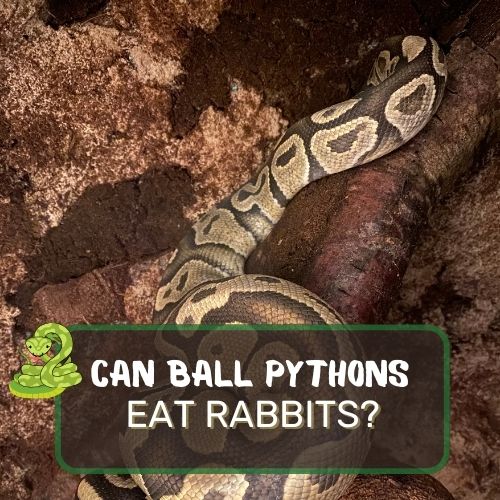
“Can a ball python eat a rabbit?” It’s a question that has intrigued many reptile enthusiasts and snake owners alike.
As the world of reptile care continues to evolve, understanding the dietary needs and preferences of our slithering companions becomes paramount.
In this article, we delve deep into the dietary habits of ball pythons, both in the wild and in captivity. We’ll explore the nutritional benefits and potential risks of feeding rabbits to these majestic creatures.
By examining factors like size, nutritional value, and the natural instincts of ball pythons, we aim to provide a comprehensive answer to this intriguing question.
So, if you’re curious about what’s best for your ball python or just fascinated by reptile diets, this article promises a wealth of insights. Dive in and discover the world of ball python feeding!
Table of Contents
Can Ball Pythons Eat Rabbits?
Ball pythons can indeed eat rabbits, especially when they reach a larger size. However, it’s more common for them to consume smaller prey like mice and rats. If considering feeding a rabbit to a ball python, it’s essential to ensure the rabbit is an appropriate size, typically a newborn or “pinky” rabbit. While some snake owners have successfully incorporated rabbits into their python’s diet, it’s crucial to monitor the snake’s health and behavior post-feeding.
Additionally, there’s a risk of the snake becoming accustomed to only eating rabbits, which might pose challenges in sourcing consistent food. Always consult with a reptile specialist before making significant changes to a pet’s diet.
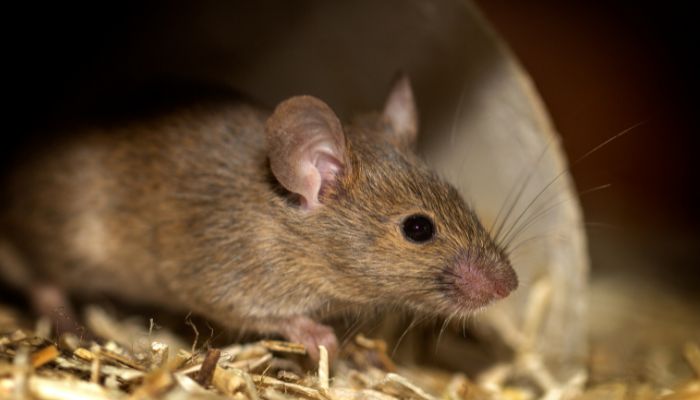
What do Ball Pythons Eat in the Wild?
Ball pythons, with their captivating patterns and docile nature, are a favorite among reptile enthusiasts. But what do these creatures eat in their natural habitat? Let’s explore their wild dietary habits.
Natural Habitat and Predatory Instincts
Originating from the grasslands and forests of West and Central Africa, ball pythons have evolved to be stealthy hunters. They often hide in burrows or under vegetation, waiting patiently for their prey to come within striking distance.
Primary Prey: Rodents
In the wild, ball pythons predominantly feed on small mammals. Rodents, especially the African soft-furred rats, are a staple in their diet.
These snakes have developed specialized heat-sensitive pits around their mouths, allowing them to detect the body heat of warm-blooded prey, making them efficient rodent hunters.
Occasional Bird Hunts
While rodents are their primary food source, ball pythons won’t pass up an opportunity to snack on a bird. Whether it’s ambushing a ground-dwelling species or snatching a young bird from a low-hanging nest, these pythons are opportunistic feeders.
Adapting to the Seasons
Ball pythons are resilient creatures. During seasons when food is scarce, they can go for extended periods without eating, relying on their fat reserves. This ability to fast showcases their adaptability to the challenging conditions of the wild.
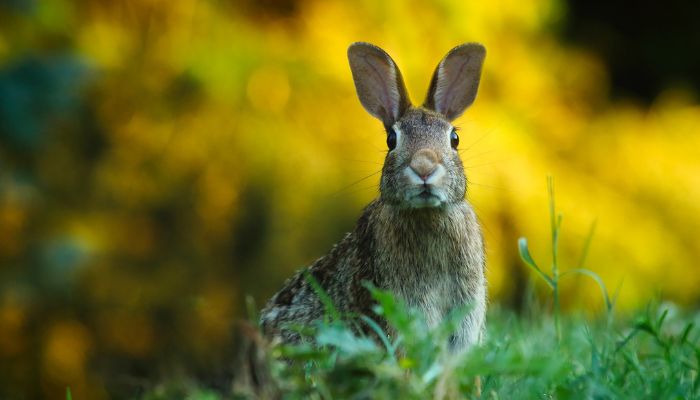
Benefits of Feeding Rabbits to Ball Pythons
When it comes to the diet of ball pythons, there’s a lot of debate and discussion. One question that often pops up is, “can a ball python eat a rabbit?”
While the primary diet of ball pythons, both in the wild and in captivity, tends to revolve around smaller prey like mice and rats, there are some potential benefits to feeding them rabbits. Let’s dive into these benefits.
Rabbits are Leaner with a Higher Protein Percentage
Rabbits, especially the younger ones, are known for their lean meat. This means that they have a higher protein percentage compared to some other potential prey. Protein is essential for the growth and health of ball pythons.
When they consume a diet rich in protein, it can contribute to their overall well-being. For instance, a ball python fed with high-protein prey might showcase a more vibrant skin color, increased activity, and better shedding cycles.
Potential Growth Benefits for Ball Pythons
Some snake enthusiasts believe that feeding rabbits to ball pythons can lead to faster growth rates. While the evidence is mostly anecdotal, the theory is that the nutritional profile of rabbits might offer certain benefits that promote growth.
For example, a snake that’s been struggling with weight might experience a positive change when introduced to a rabbit-based diet.
However, it’s essential to note that every snake is unique, and what works for one might not work for another. Always monitor your python’s health and consult with a reptile specialist if you’re considering significant dietary changes.
The Convenience of Having Rabbits for Those Who Breed Them
For snake owners who also breed rabbits, there’s an undeniable convenience factor. Having a steady supply of rabbits means there’s always food available for the python.
This can be especially beneficial for those who live in areas where sourcing other types of snake food, like rats or mice, might be challenging.
Plus, if you’re breeding rabbits for other purposes, like meat, and you have surplus newborns, it can be efficient to use them as food for your python.
However, always ensure the rabbit is of an appropriate size and is safe for the snake to consume.

Concerns and Considerations
Feeding rabbits to ball pythons might come with its set of benefits, but it’s essential to approach this dietary choice with caution.
There are several concerns and considerations that snake owners should be aware of before making the switch or even occasionally introducing rabbits into their python’s diet.
Size-appropriate Feeding: Ensuring the Rabbit Isn’t Too Big for the Python
One of the most significant concerns when feeding rabbits to ball pythons is the size of the prey. A rabbit that’s too large can pose a choking hazard and might even lead to injuries inside the snake’s digestive tract.
It’s crucial to ensure that the rabbit, especially if it’s not a newborn, is of an appropriate size for the python. Remember, just because a snake can eat something doesn’t always mean it should.
The Risk of the Python Becoming Accustomed to Only Eating Rabbits
Dietary diversity is essential for most animals, and ball pythons are no exception. There’s a risk that if a python is fed only rabbits, it might become accustomed to this specific diet and refuse other types of food.
This can be problematic, especially if there’s a sudden unavailability of rabbits. It’s always a good idea to keep the python’s diet varied to ensure they’re adaptable to different food sources.
Comparing Fur, Bones, and Claws of Rabbits to Other Rodents Like Rats
Rabbits, especially as they grow, have denser bones, more fur, and sharper claws compared to other rodents like rats. This can pose digestive challenges for the python.
The excess fur can lead to regurgitation, and the denser bones might not be as easily digestible as those of rats.
It’s essential to be aware of these differences and monitor the snake after feeding to ensure they’re not facing any digestive issues.
Availability and Cost Comparison
While some snake owners might breed rabbits, making them readily available, others might find sourcing rabbits, especially in specific sizes, challenging.
Additionally, depending on the region, rabbits might be more expensive than traditional snake foods like rats or mice. It’s crucial to consider the long-term availability and cost implications of feeding rabbits to ball pythons.
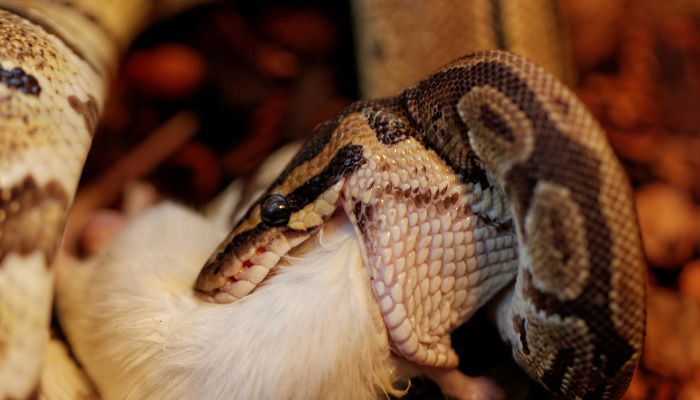
Nutritional Comparison: Rabbits vs. Rats
When it comes to feeding ball pythons, the nutritional value of the prey is a paramount consideration.
Both rabbits and rats are potential food sources, but they offer different nutritional profiles. Let’s delve into a comparative analysis of the two.
Breaking Down the Nutritional Value of Both
Rabbits: Young rabbits, often referred to as “pinkies” in the reptile food industry, are lean and packed with protein. As they mature, rabbits develop denser bones and more muscle mass.
They also have a higher water content, which can be beneficial for hydration. However, the fur and bone density of adult rabbits can pose digestive challenges for some snakes.
Rats: Rats, especially the commonly fed Norway rats, are rich in essential fatty acids, making them an excellent energy source.
They also provide a good balance of protein, fat, and moisture. Rats have softer bones, especially when young, making them easier for snakes to digest.
Why Some Snake Owners Prefer Rats
Rats have been the go-to choice for many snake owners for years. Their balanced nutritional profile, combined with their ease of digestion, makes them a favorite.
Additionally, rats are more universally accepted by ball pythons, reducing the risk of feeding refusals. The consistent size options available in rats, from pinkies to adults, allow for easy portion control based on the snake’s size and age.
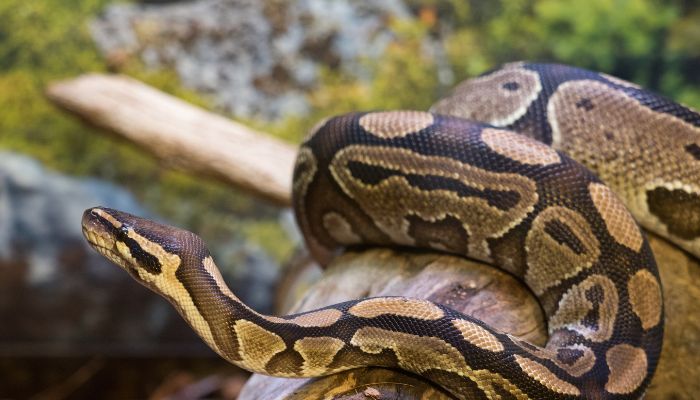
The Convenience of Size When Feeding Rats
One of the significant advantages of feeding rats is the variety of sizes available. From pinky rats suitable for young pythons to large rats for mature snakes, there’s a size for every stage of a python’s life.
This convenience eliminates the guesswork and ensures that the snake is getting a meal that’s appropriate for its size.
Both rabbits and rats offer nutritional benefits but it’s essential to understand their differences and choose what’s best for the individual needs of the ball python.
Always prioritize the snake’s health and well-being, and consult with experts or fellow snake enthusiasts to make informed feeding decisions.
Practical Tips for Feeding Rabbits to Ball Pythons
Feeding rabbits to ball pythons can be a unique experience, both for the snake and the owner. However, to ensure the safety and health of the python, it’s essential to approach this with care and knowledge.
Here are some practical tips to consider when introducing rabbits to your ball python’s diet.
Ensuring the Rabbit is of Appropriate Size (Preferably Newborn and Hairless)
Size matters a lot when it comes to feeding your ball python. A rabbit that’s too large can pose a choking hazard and might even lead to injuries inside the snake’s digestive tract.
For most ball pythons, newborn, hairless rabbits (often referred to as “pinkies”) are the best choice. They’re soft, easy to digest, and don’t have the fur that can sometimes cause regurgitation issues.
Before feeding, always compare the size of the rabbit to the widest part of the python’s body to ensure it’s an appropriate size.
Introducing the Rabbit to the Python’s Diet
If your ball python has been on a steady diet of rats or mice, introducing a new food source can be a bit of a challenge. Start by scenting the rabbit with the smell of their usual prey.
This can be done by rubbing the rabbit against a rat or mouse, making it more familiar to the python. The first few times, your snake might be hesitant, but with patience and persistence, they might accept the new food source.
Monitoring the Python’s Health and Behavior Post-feeding
After feeding your ball python a rabbit, it’s crucial to keep a close eye on them. Monitor their behavior, looking for signs of discomfort or distress. Check for any regurgitation issues, which might indicate the rabbit wasn’t digested properly.
Additionally, observe the snake’s next shedding cycle to ensure it’s healthy and complete. Any changes in behavior or health should be noted, and if concerns arise, consult with a reptile specialist.
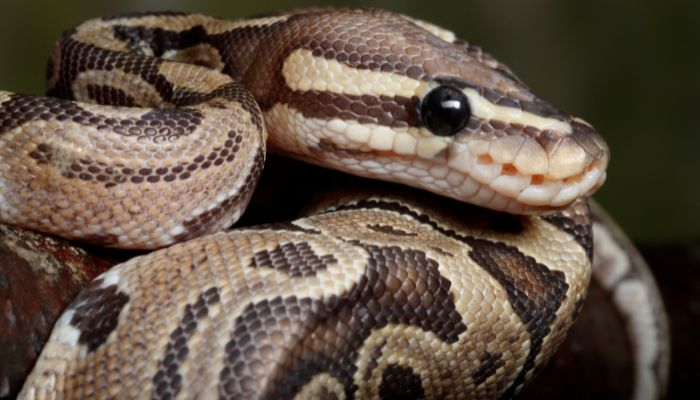
Conclusion
In your journey to understand the dietary intricacies of ball pythons, you’ve delved deep into the question, “can a ball python eat a rabbit?”
As you’ve discovered, while these magnificent creatures primarily feast on rodents in the wild, introducing rabbits into their diet can offer both benefits and challenges.
It’s essential to consider factors like the appropriate size of the prey, the nutritional value, and the python’s natural instincts.
Remember, every ball python is unique. What works for one might not necessarily be ideal for another. It’s always about striking the right balance and ensuring the well-being of your slithering companion.
As you continue on this exciting journey of reptile care, always prioritize the health and happiness of your pet.
With the knowledge you’ve gained from this article, you’re better equipped to make informed decisions about your python’s diet. Keep learning, stay curious, and always strive to provide the best care for your ball python.
Your dedication and passion for understanding these creatures will undoubtedly lead to a thriving and happy pet. Keep it up!
Most Asked Questions
Ball python owners, especially those new to the world of reptile care, often have a plethora of questions about their pet’s diet. Here are some of the most frequently asked questions and their concise answers:
What Meat Can You Feed a Ball Python?
Ball pythons primarily consume whole prey rather than specific meats. Their natural diet consists of rodents like mice and rats. However, they can also eat other small mammals like rabbits, gerbils, and hamsters. It’s essential to provide prey that’s appropriately sized for the python.
Can a Ball Python Eat a Rat?
Absolutely! Rats are a common food source for ball pythons. They offer a balanced nutritional profile and come in various sizes, making them suitable for pythons of different ages and sizes. Many snake owners find rats to be a convenient and nutritious option.
Can I Feed My Ball Python Anything Other Than Mice?
Yes, while mice are a popular choice, ball pythons can also eat other small mammals like rats, rabbits, and gerbils. It’s crucial to ensure that any alternative food source is safe, appropriately sized, and nutritionally beneficial for the python.




0 Comments